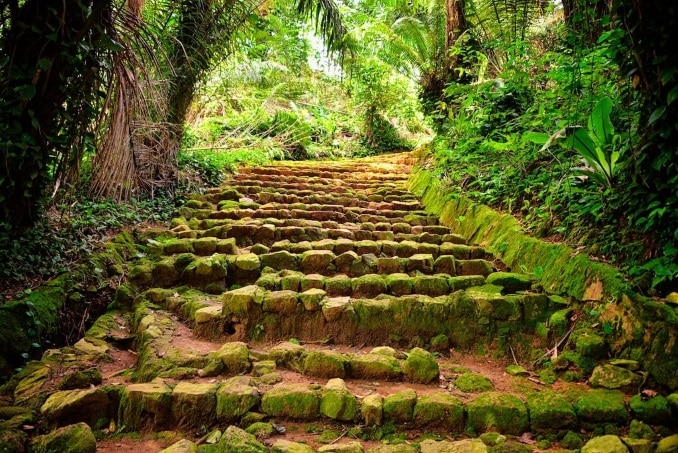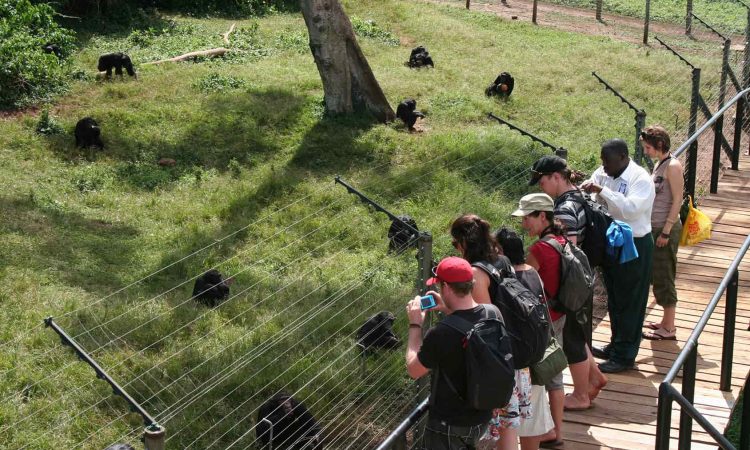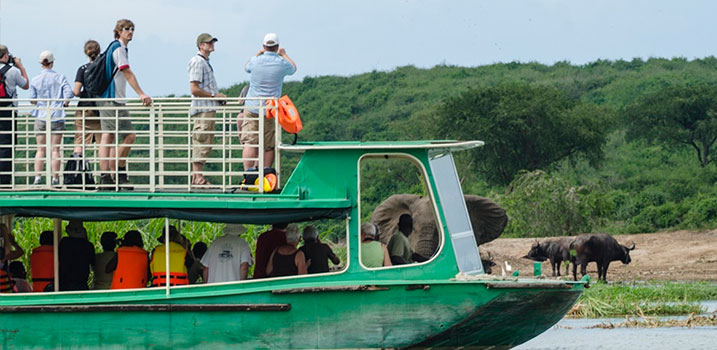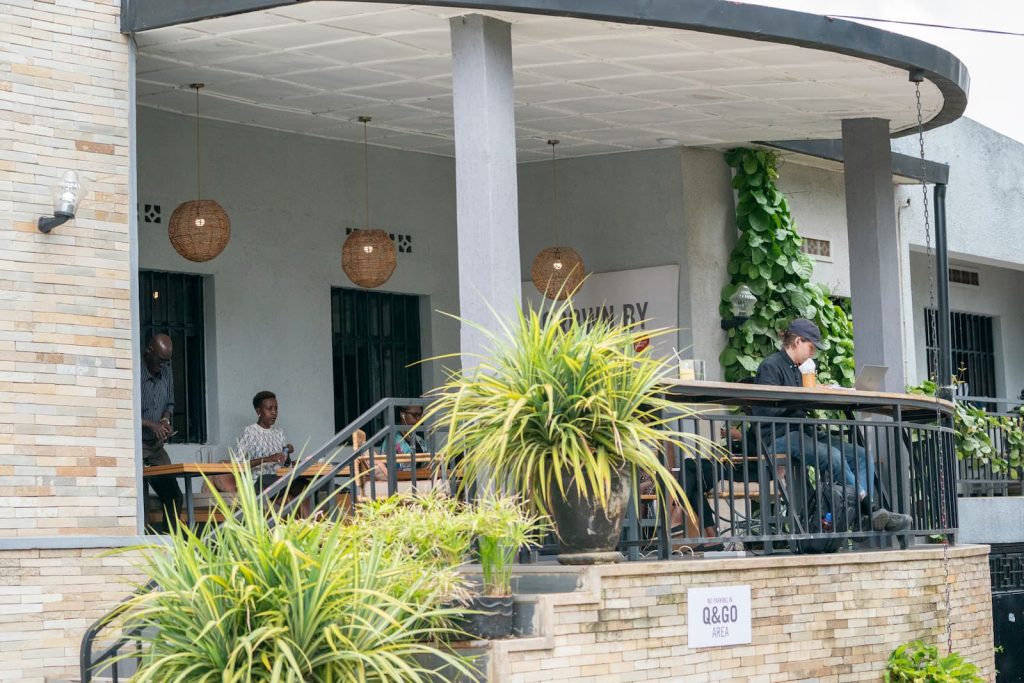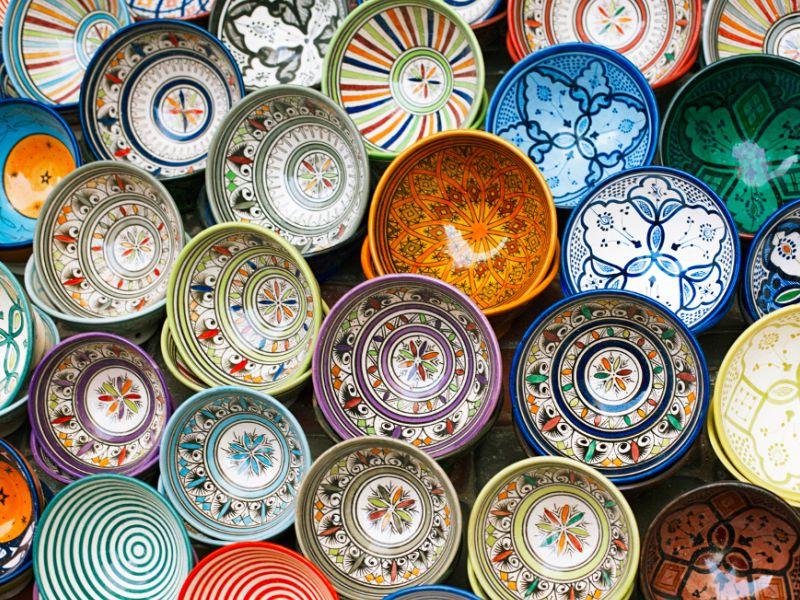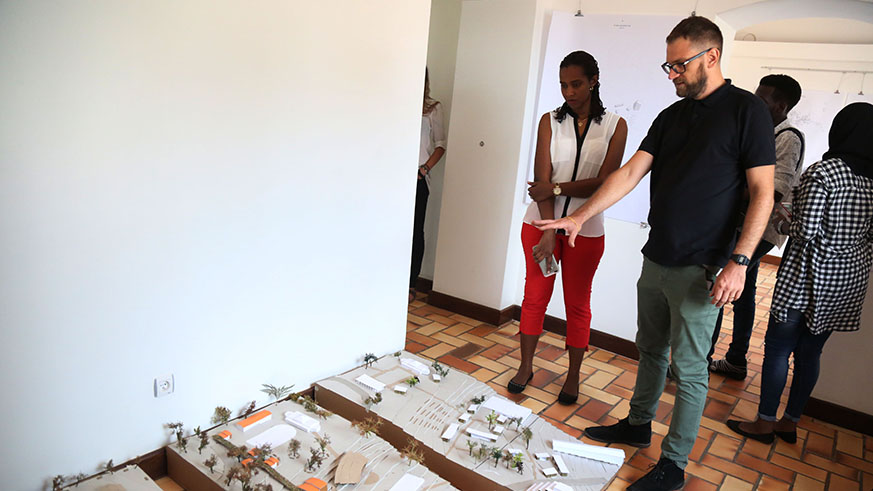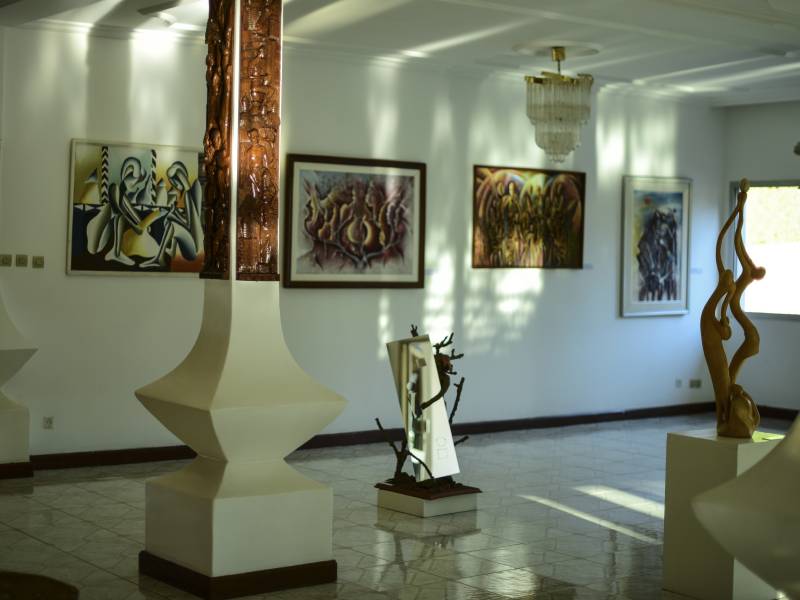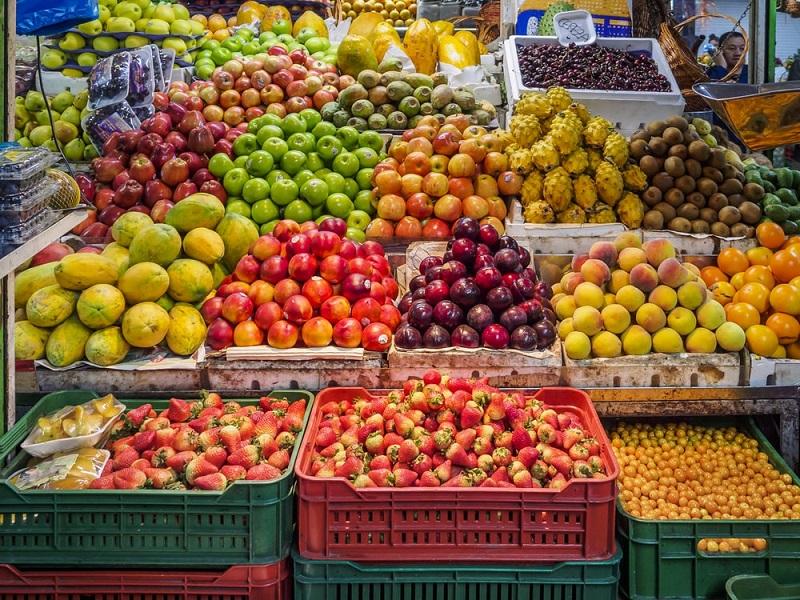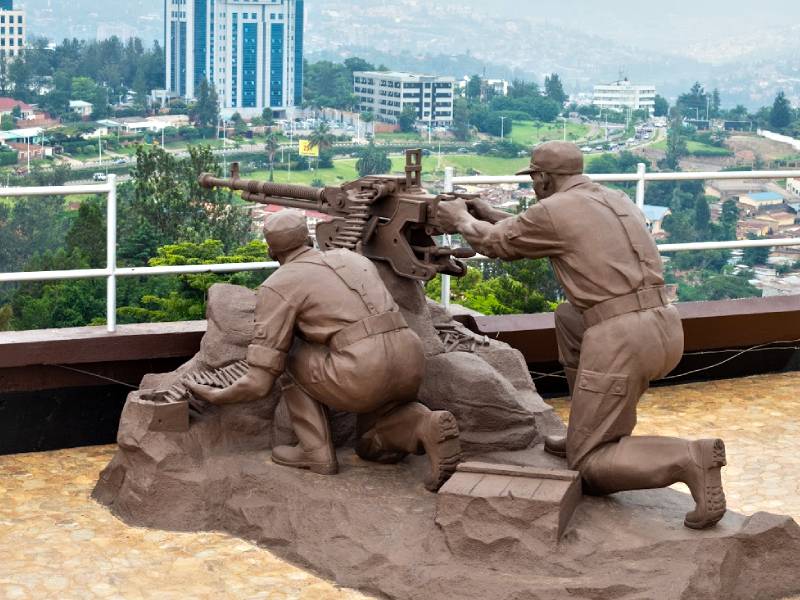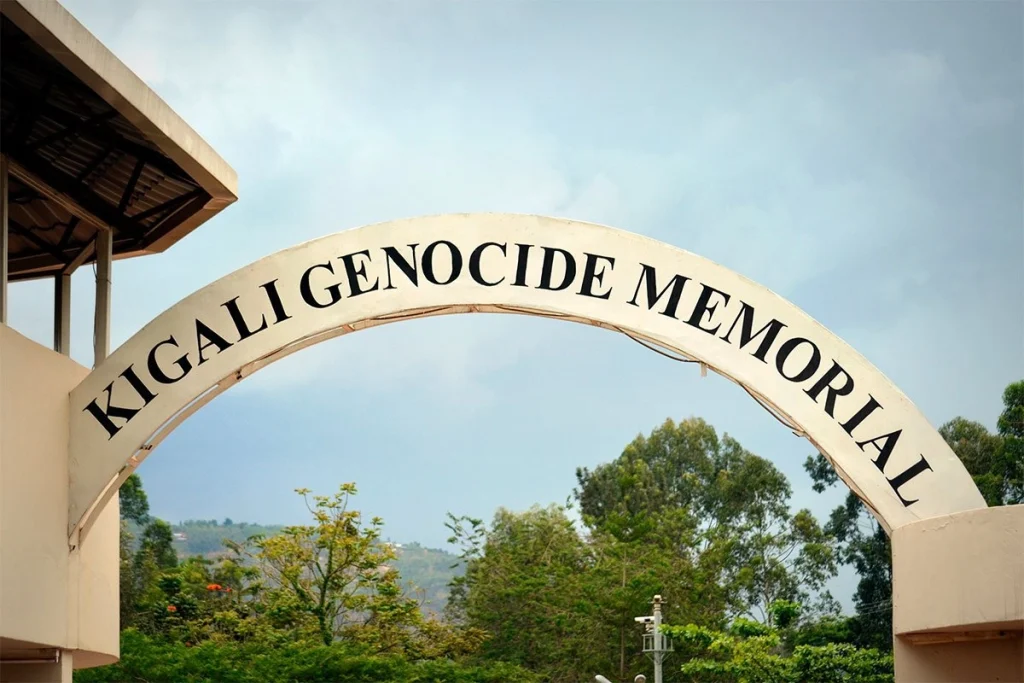Entebbe Botanic Gardens Tour with Universal Africa Safaris
Entebbe Botanic Gardens is a lush paradise located on the shores of Lake Victoria in Uganda. Known for its rich biodiversity and serene landscapes, it offers a peaceful escape for nature lovers and botanists alike. If you’re planning a visit, Universal Africa Safaris is your trusted Uganda travel partner. Our contacts: +250781441853 or email: info@universalafricasafaris.com. History and Background of Entebbe Botanic Gardens Establishment of the Gardens Entebbe Botanic Gardens were established in 1898, making them one of the oldest botanical gardens in Africa. They were initially created to test the growth potential of various plant species from around the world in Uganda’s climate. Purpose and Mission The primary mission of the gardens is to conserve plant biodiversity, provide a center for botanical research, and offer a recreational space for visitors. The gardens also play a crucial role in environmental education. Key Milestones Over the years, the gardens have hosted numerous botanical research projects and conservation initiatives. They have also become a popular destination for both locals and tourists seeking a natural retreat. Geography and Location Location of Entebbe Botanic Gardens Situated on the northern shores of Lake Victoria, Entebbe Botanic Gardens is just a short drive from Entebbe International Airport. The gardens cover an area of approximately 40 hectares. Natural Features The gardens feature a diverse range of landscapes, including tropical rainforest, wetlands, and grasslands. There are several trails that wind through these different habitats, offering visitors a chance to explore the variety of plant and animal life. Climate and Weather Entebbe enjoys a tropical climate with two rainy seasons (March to May and September to November) and two dry seasons (December to February and June to August). The temperatures are generally warm, making it a pleasant destination year-round. Flora and Fauna of Entebbe Botanic Gardens Plant Species The gardens are home to a wide variety of plant species, including both indigenous and exotic plants. Notable collections include medicinal plants, orchids, and cycads. The towering trees and lush vegetation provide a stunning backdrop for exploration. Bird Species Bird watchers will be delighted by the abundant birdlife in the gardens. Over 200 species of birds have been recorded here, including the majestic African fish eagle and the colorful sunbirds. The gardens are a haven for bird enthusiasts. Other Wildlife In addition to birds, the gardens host a variety of other wildlife, such as monkeys, butterflies, and small mammals. The presence of these animals adds to the charm and allure of the gardens. Activities and Experiences at Entebbe Botanic Gardens Guided Tours Guided tours are available for visitors who want to learn more about the history, flora, and fauna of the gardens. Knowledgeable guides provide insights into the different plant species and their uses. Bird Watching With its diverse bird population, the gardens are a prime location for bird watching. Bring your binoculars and enjoy spotting a wide array of bird species in their natural habitat. Photography Opportunities The scenic landscapes and diverse plant life make the gardens a photographer’s paradise. Capture the beauty of the gardens through your lens, whether you’re interested in macro shots of flowers or wide-angle views of the landscape. Best Time to Visit Entebbe Botanic Gardens Seasonal Overview The gardens can be visited year-round, but the best times are during the dry seasons (December to February and June to August). During these periods, the weather is more predictable, and outdoor activities are more enjoyable. Weather Conditions The climate in Entebbe is generally warm, with temperatures ranging from 20°C to 30°C. The dry seasons offer the most pleasant weather for outdoor activities and exploration. Visitor Tips To make the most of your visit, arrive early in the day to avoid crowds and enjoy the gardens in the cool morning air. Bring a hat, sunscreen, and plenty of water to stay hydrated. Nearby Attractions Uganda Wildlife Education Centre Located near the gardens, the Uganda Wildlife Education Centre (UWEC) offers a chance to see a variety of native wildlife up close. It serves as both a zoo and a wildlife rescue and rehabilitation center. Ngamba Island Chimpanzee Sanctuary Just a short boat ride away, Ngamba Island Chimpanzee Sanctuary provides a unique opportunity to observe and interact with rescued chimpanzees. It’s an excellent addition to your itinerary when visiting Entebbe. Lake Victoria The largest lake in Africa, Lake Victoria offers numerous recreational activities such as boat trips, fishing, and bird watching. The lake’s shores are a great place to relax and enjoy the natural beauty. Accommodation Options Hotels in Entebbe Entebbe offers a range of accommodation options to suit different budgets and preferences. From luxury hotels to budget-friendly guesthouses, you’ll find a place to stay that meets your needs. Lodges and Guesthouses For a more personalized experience, consider staying at one of the lodges or guesthouses in Entebbe. These accommodations often offer a cozy atmosphere and personalized service. Camping Facilities If you enjoy the great outdoors, there are camping facilities available near the gardens. Camping allows you to immerse yourself in nature and enjoy the tranquility of the area. Conservation Efforts and Impact Environmental Protection The gardens are actively involved in environmental protection and sustainability. Efforts include habitat restoration, waste management, and promoting eco-friendly tourism practices. Education and Research The gardens serve as a center for botanical research and environmental education. Various programs and workshops are conducted to raise awareness about plant conservation and biodiversity. Community Involvement The gardens work closely with local communities to promote conservation and sustainable practices. By providing education and employment opportunities, they help foster a culture of environmental stewardship. How to Get to Entebbe Botanic Gardens By Road Entebbe Botanic Gardens is easily accessible by road from Kampala and other nearby towns. The drive from Kampala takes approximately 45 minutes to an hour. By Air If you’re arriving from abroad, Entebbe International Airport is just a short drive from the gardens. From the airport, you can take a taxi or arrange for a private transfer to the gardens. Travel Tips When planning your trip, consider…

